Also attending were Secretary of the Ho Chi Minh City Party Committee Nguyen Van Nen, Minister of Planning and Investment Nguyen Chi Dung, Minister of Science and Technology Huynh Thanh Dat, Minister of Natural Resources and Environment Dang Quoc Khanh, Minister of Health Dao Hong Lan, members of the Southeast Regional Coordination Council, leaders of central ministries and branches, leaders of provinces and cities in the Southeast region and experts and scientists.
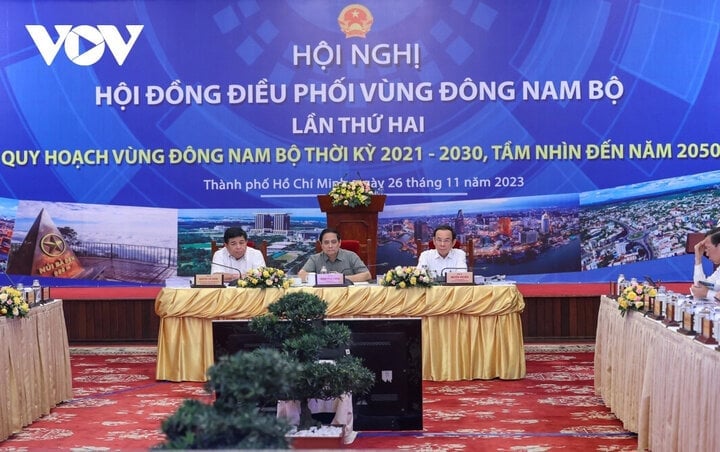
Overview of the conference.
The second conference - Southeast Regional Coordination Council with the theme: Consulting on Southeast Regional Planning for the 2021-2030 period, with a vision to 2050, aims to help ministries, branches, provinces and cities in the Southeast region further recognize the importance of planning work, especially Southeast Regional Planning, a strategic area, a dynamic economic region and a growth pole of the whole country; this is also an opportunity to review the work and tasks that have been done, have not been done and are being implemented; thereby, identifying difficulties and obstacles, thereby determining appropriate viewpoints, directions, tasks and solutions in the coming time for comprehensive and sustainable socio-economic development of the Southeast region.
At the conference, delegates discussed many viewpoints, goals, development orientations and solutions in this regional planning; in which 5 major groups of issues emerged: the overall development structure of the region with 3 sub-regions; 6 industrial - urban - service belts; 2 green - ecological corridors associated with river basins; national dynamic region with Ho Chi Minh City as the growth pole; proposing orientations for innovation of growth models, development of high-tech industries, high-quality services, prioritizing the development of semiconductor industry, chip manufacturing, and development of financial services towards making Ho Chi Minh City a global financial center.
After listening to the opinions and conclusions of the conference, Prime Minister Pham Minh Chinh emphasized that in terms of leadership ideology and viewpoints, it is necessary to thoroughly grasp, closely follow and seriously implement the Resolution of the 13th National Party Congress and Resolution No. 24-NQ/TW of the Politburo ; the 5-year plan and the 10-year strategy for socio-economic development.
Closely follow the Resolutions of Party Congresses at all levels; connect with national planning, sectoral planning, provincial planning with the spirit of development creation, regional linkage, planning must be open so that when there are fluctuations, it can be applied flexibly but without problems; must have resources to organize and implement scientific and effective planning; closely follow reality to implement feasible planning, deploy methodically and effectively.
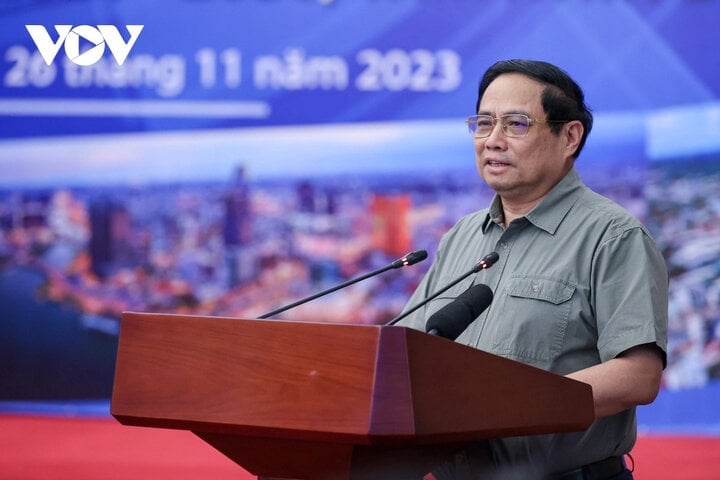
Prime Minister Pham Minh Chinh speaks at the conference.
The Prime Minister pointed out that it is necessary to further deepen the position, role and importance of the Region to the nation, including important areas such as politics, economy, national security and defense, thereby finding distinct potentials, outstanding opportunities, competitive advantages; finding similarities and differences between regions, discovering conflicts and shortcomings of the Region, and from there finding solutions to resolve them.
The Prime Minister emphasized the role, position, and potential of the Southeast region, which has the necessary conditions to develop into a center, a locomotive, and a model for the country's socio-economic development; the region must be the largest socio-economic center of the country. We must point out and discover the problem: why has the region not developed like that? The Prime Minister said that the potential is great, but the mechanisms and policies are still limited, and the strategic infrastructure is not commensurate with the development and potential of the region.
What about the approach, thinking, and methodology? According to the Prime Minister, we must choose a breakthrough approach, not a progressive approach, a breakthrough in thinking, long-term strategic vision, close to reality, based on three main pillars of people, nature, cultural traditions, and history; people are the center, nature is the foundation, traditional culture and history are the driving force.
Regarding resource mobilization, the Prime Minister requested a harmonious combination of internal and external resources; internal resources are fundamental and decisive, external resources are breakthrough.
Regarding the target, the Prime Minister requested to choose a high development target, not an average option; along with that, there must be leadership, direction, resources, mechanisms, policies, and ways of organizing implementation.
Regarding the economic structure, the Prime Minister affirmed the need for rapid and sustainable development, based on science and technology, with people as the driving force for breakthroughs, developing a green economy, a circular economy, a sharing economy, a knowledge economy, and innovation. Developing industry, services, and tourism is the focus; developing the agricultural economy, with emphasis on green agriculture and high-tech agriculture with the spirit of modern countryside, ecological agriculture, and civilized farmers.
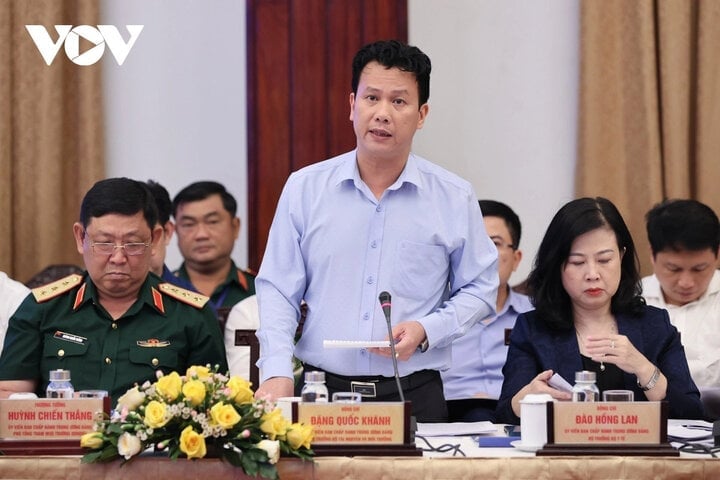
Minister of Natural Resources and Environment Dang Quoc Khanh speaks at the conference.
Regarding connectivity, the Prime Minister stated that there needs to be connectivity in economics, transportation, national defense and security, and resources: it is necessary to strongly develop all five modes of transportation; taking air and water transportation as international connections; the remaining modes as domestic connections; connecting the region's economy with the Central Highlands, South Central Coast, and Southwest, complementing and promoting each other; international connectivity with Laos, Cambodia and ASEAN; connectivity with the national economy; connectivity with major economic centers; international inter-city connectivity, promoting people-to-people exchanges; connectivity in national defense and security with Laos, Cambodia and ASEAN; connectivity related to water security and climate change response in the Mekong Sub-region.
Focus on mobilizing diverse resources from the central and local levels, private sector, and public-private partnership; mechanisms and policies are the resources with dynamism, creativity, and flexibility; use borrowed capital to focus on infrastructure development, and invest in large projects that can turn around the situation and change the state.
Regarding major projects, the Prime Minister stated that the construction of an international transit port including Cai Mep and Can Gio, not a separate Cai Mep port or a separate Can Gio port, must form a large international logistics center. Regarding this, it is necessary to organize a workshop to gather feedback from experts and scientists, but it is necessary to understand that waiting for a complete consensus will never bring about a breakthrough. If we want innovation, we must go beyond the ordinary. The problem is that we do what is beneficial for the people and the country.
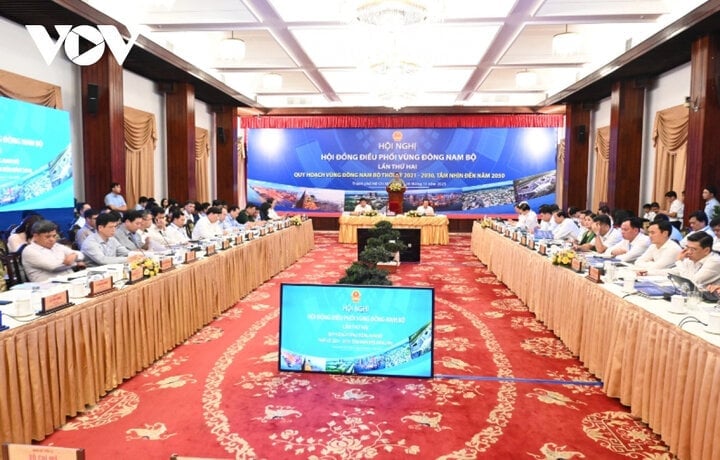
The Prime Minister believes that in the coming time, the Southeast region will have positive changes.
Regarding the environment, for Can Gio, our economy is strong enough and has a lot of technology and experience, so when developing Can Gio port, we must ensure environmental protection.
Strengthening green transportation, developing international financial center projects; subway and railway systems connecting the region; making efforts to put Bien Hoa airport into use; strengthening coordination between provinces in the region, between regions, between ministries and branches; and between major centers of the world need to be closer.
The organization and implementation of planning must be systematic, systematic, focused, and have mechanisms and policies in the spirit of open mechanisms and policies, smooth infrastructure, and smart management. Planning must be connected to higher plans and consistent with lower plans.
Vu Khuyen (VOV)
Source




![[Photo] Da Nang: Hundreds of people join hands to clean up a vital tourist route after storm No. 13](https://vphoto.vietnam.vn/thumb/1200x675/vietnam/resource/IMAGE/2025/11/07/1762491638903_image-3-1353-jpg.webp)
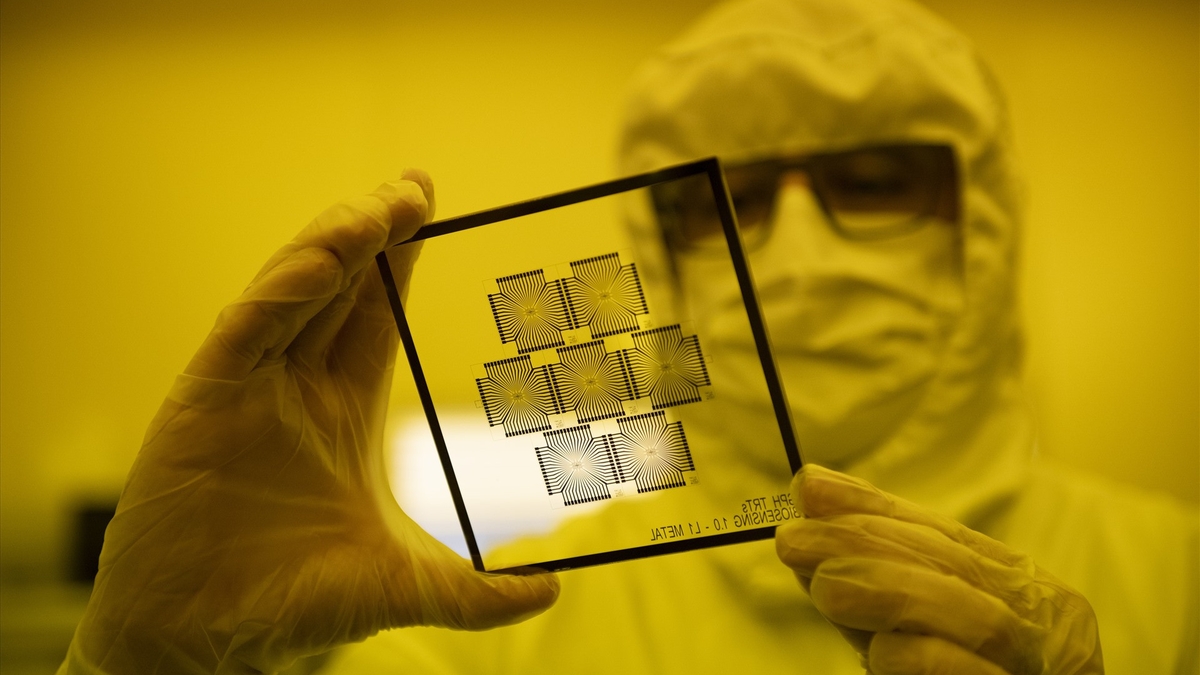


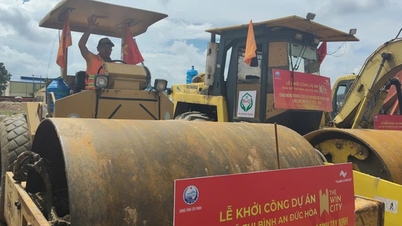

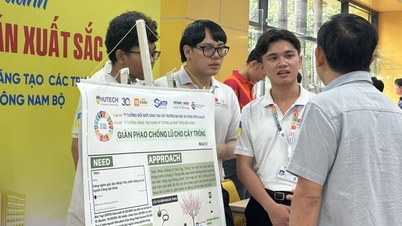
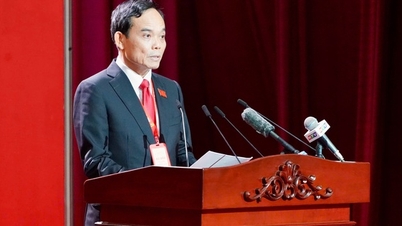



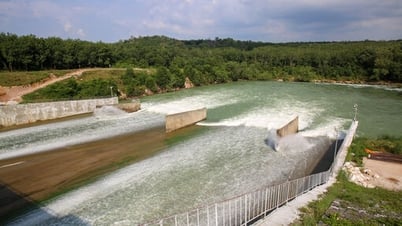

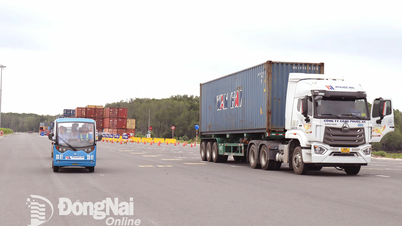

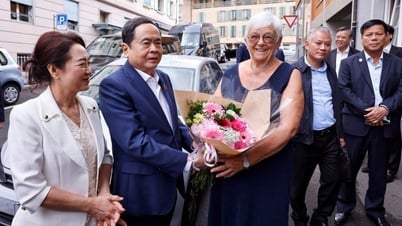

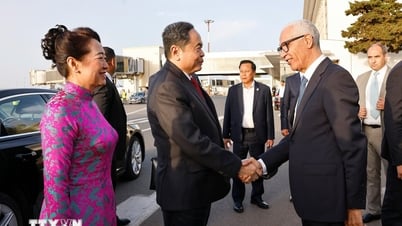

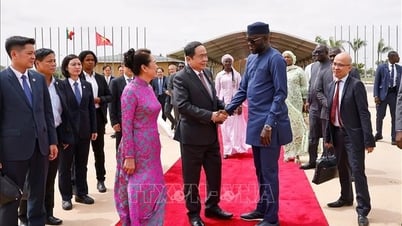

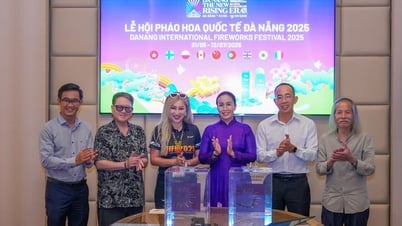
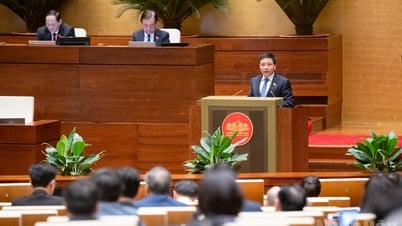
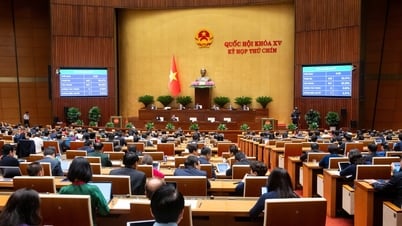









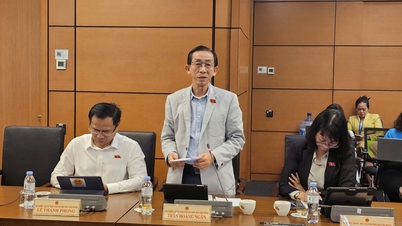



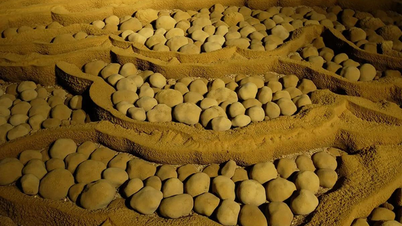





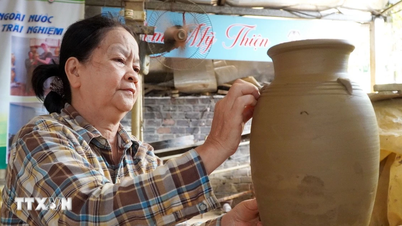
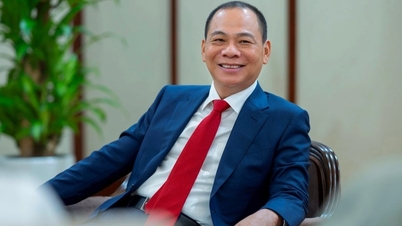



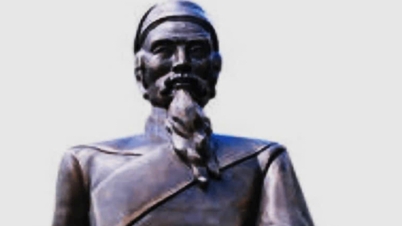

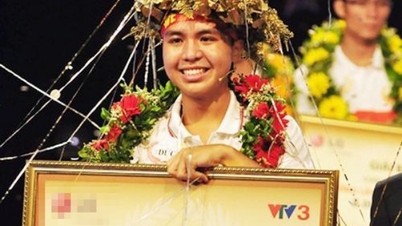


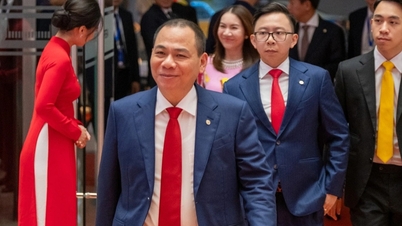


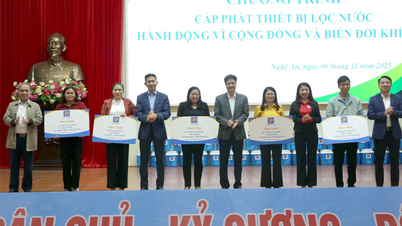


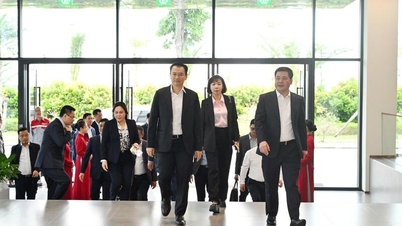
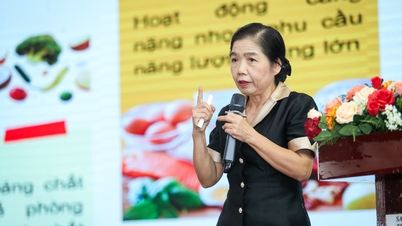


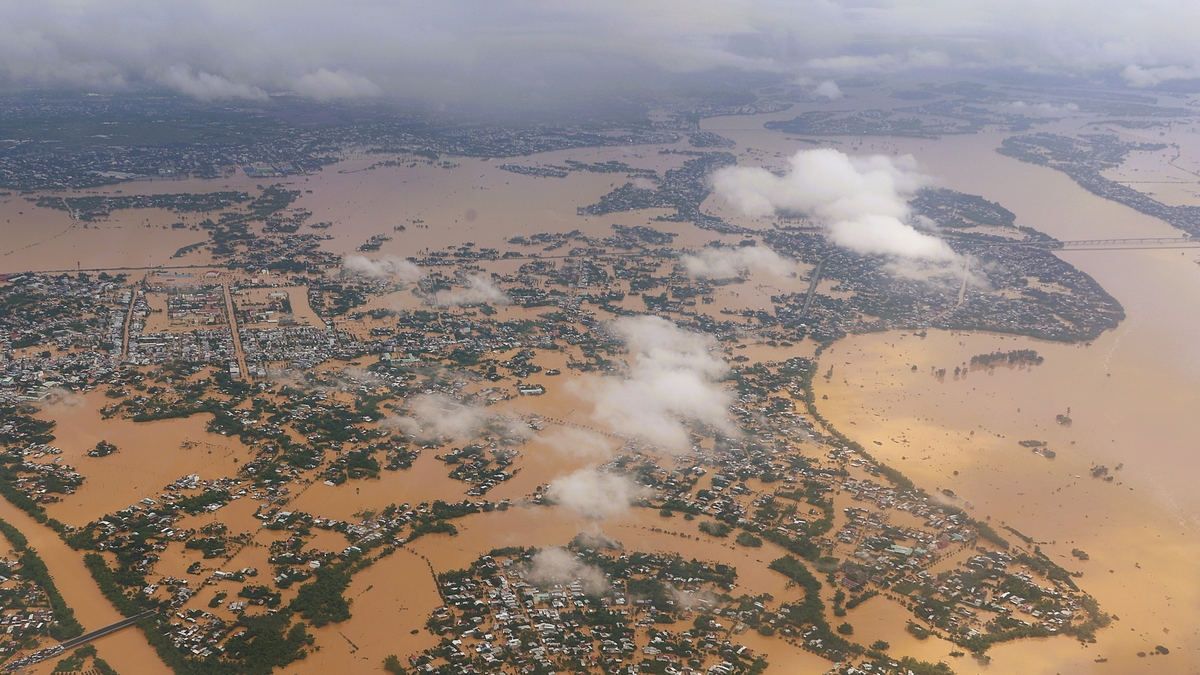



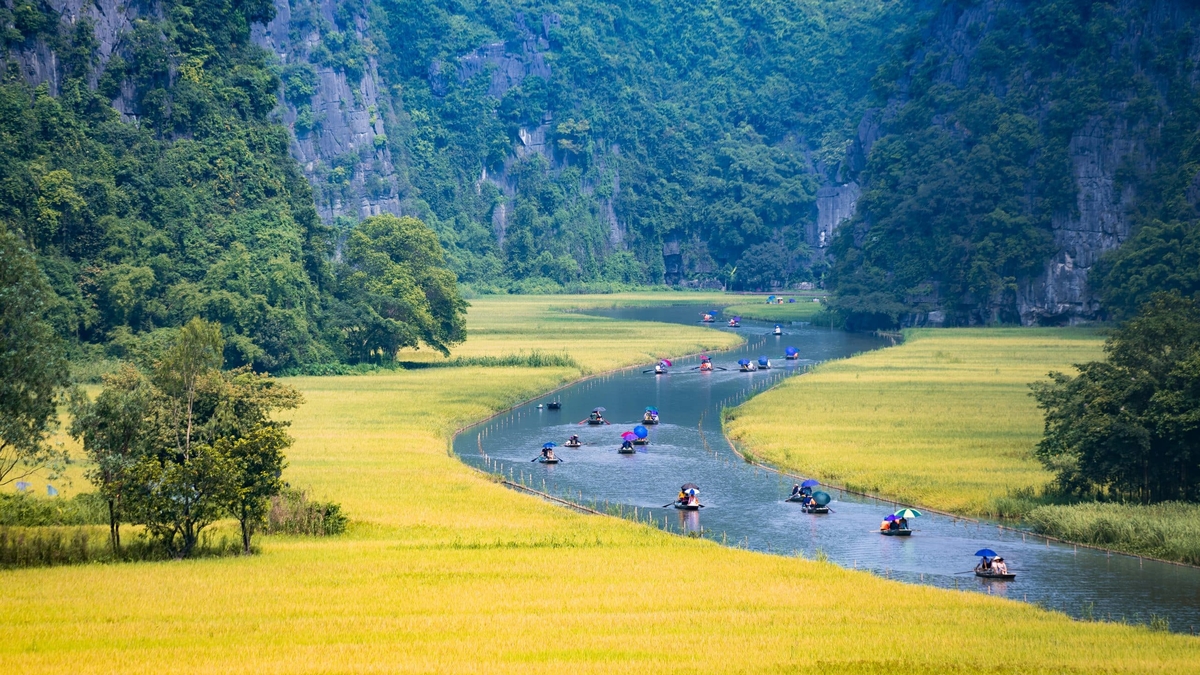
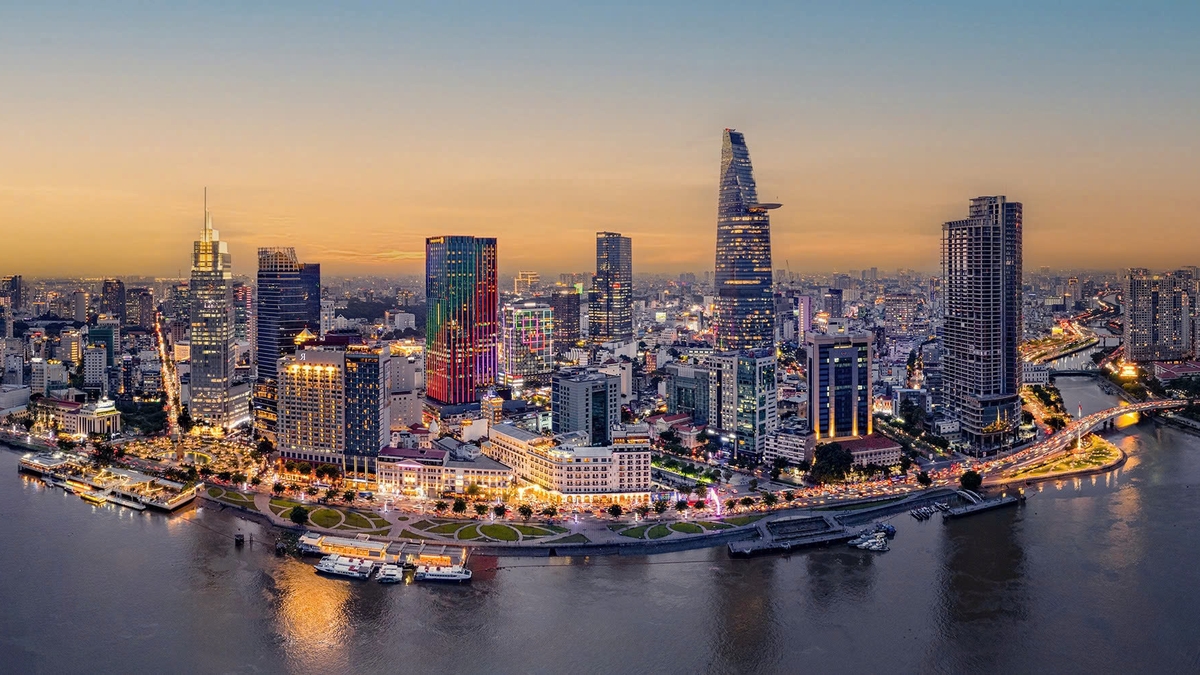
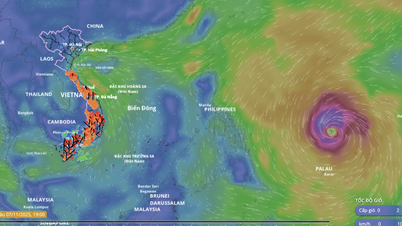


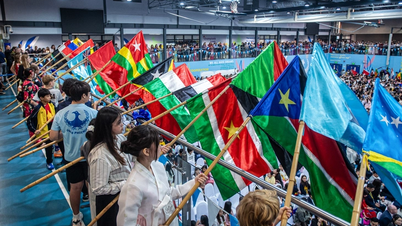




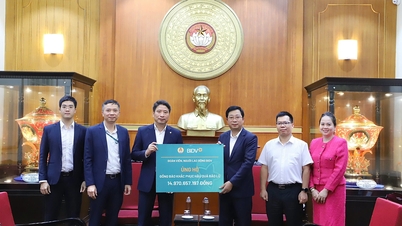

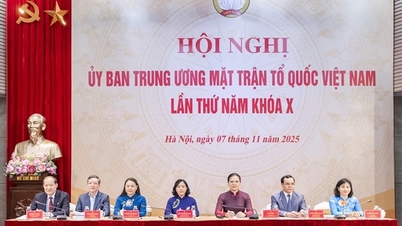
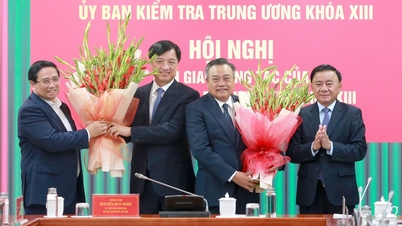
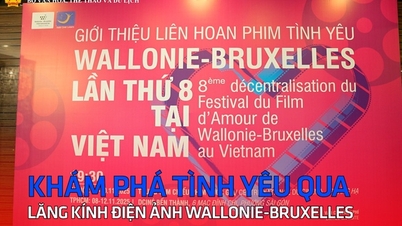





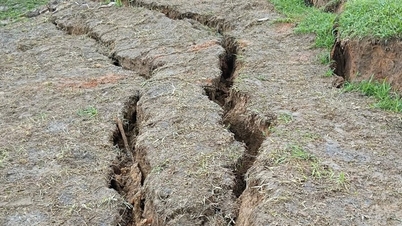
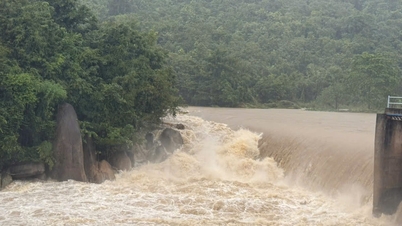
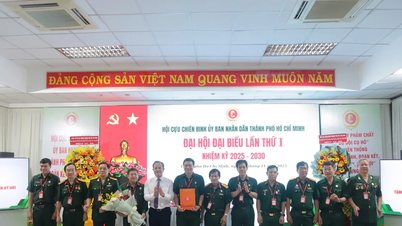














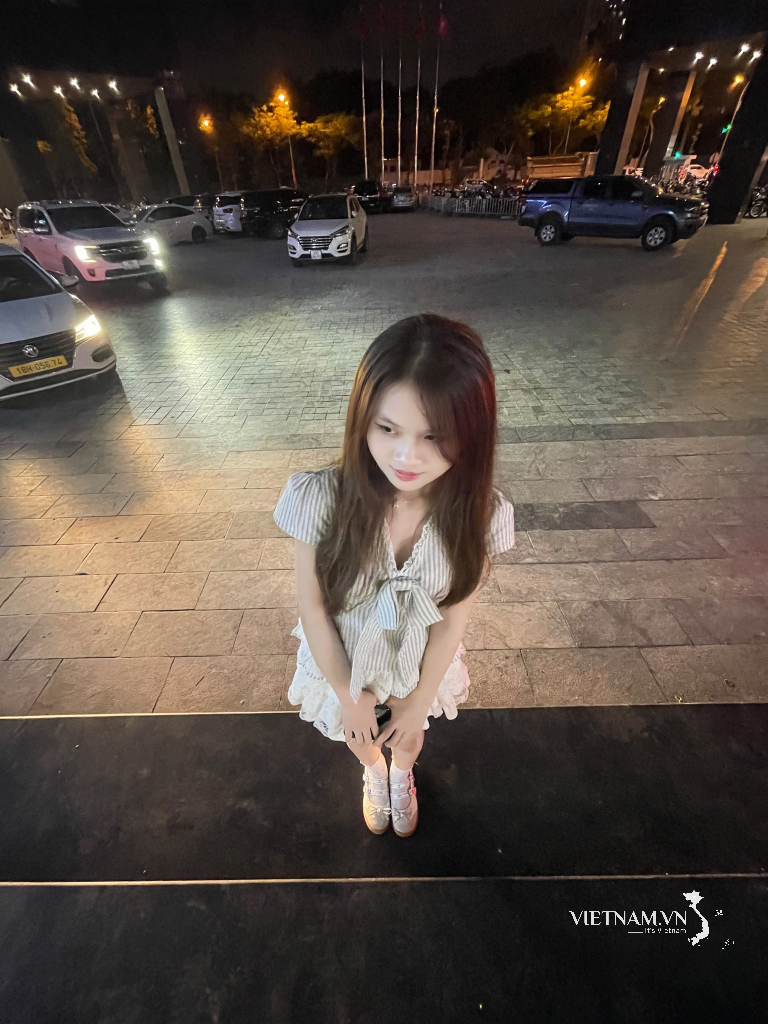
Comment (0)